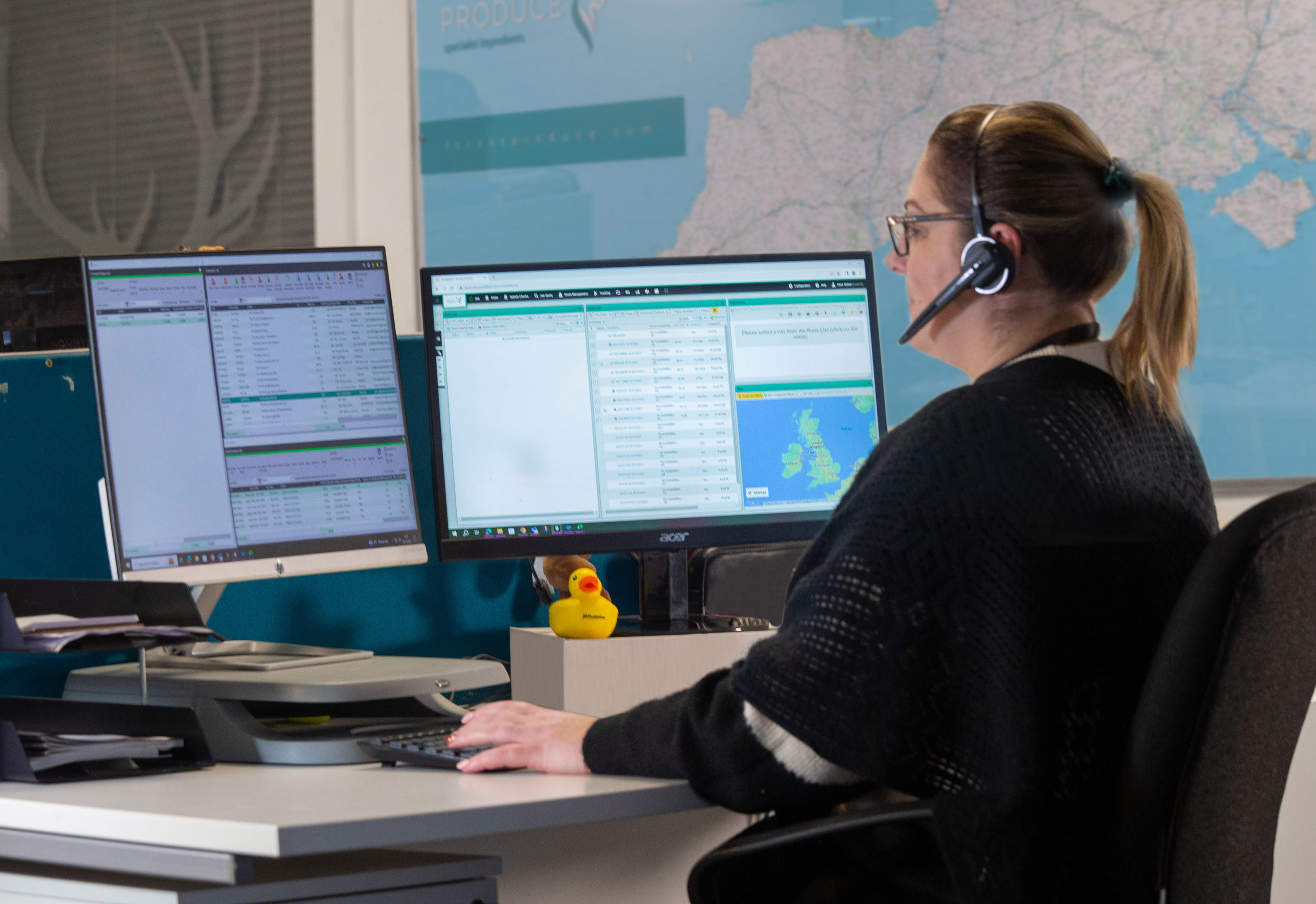Sustainable Logistics: How Smarter Routing Slashes Emissions and Delivers Results

The logistics sector faces increasing pressure to operate more sustainably. With growing awareness of carbon emissions, fuel consumption, and the impact of delivery fleets on climate change, companies must take meaningful steps to reduce their environmental footprint. One of the most effective, and achievable, ways to do this is through smarter route planning.
Smarter routing technology not only reduces emissions but also boosts overall performance and profit. Here’s how.
The Role of Route Optimisation in Sustainable Logistics
Route optimisation uses intelligent software to calculate the most efficient paths for delivery vehicles. This involves analysing variables such as delivery windows, vehicle capacities, road types, and driver availability. The result is a delivery schedule that cuts unnecessary mileage, avoids congested routes, and reduces time on the road.
By minimising distance travelled and idle time, businesses can significantly lower their fuel usage and associated emissions. For fleets making dozens, or even hundreds, of deliveries a day, the cumulative effect is substantial.
Environmental Benefits: Reducing Carbon Emissions
The most immediate and measurable environmental benefit of route optimisation is a reduction in CO2 emissions. Transport is one of the UK’s biggest contributors to greenhouse gas emissions, with delivery vehicles accounting for a growing share. Optimised routing directly reduces the number of miles driven and the amount of fuel consumed, leading to a lower carbon output per delivery.
Smarter routing also enables businesses to consolidate deliveries more effectively, making better use of each vehicle’s load capacity. Fewer vehicles on the road, travelling fewer miles, means a smaller carbon footprint without compromising service.
Operational Wins: Lower Costs and Greater Efficiency
While the environmental impact is a major motivator, the business case for smarter routing is equally strong. Route optimisation reduces fuel costs, vehicle wear and tear, and overtime payments. It also increases the number of deliveries that can be completed in a day, improving service levels without adding resources.
These efficiency gains translate directly into reduced operating costs and better profit margins. As sustainability increasingly aligns with financial performance, route optimisation proves that going green doesn’t mean sacrificing growth, it means enabling it.
Data-Driven Decisions for Continuous Improvement
Modern routing software doesn’t just plan routes; it also provides detailed data and insights. Logistics managers can track actual vs. planned routes, monitor driver performance, and identify patterns that contribute to inefficiencies or excess emissions. Over time, this data can be used to fine-tune operations, set sustainability targets, and report measurable progress to stakeholders.
Supporting Green Credentials and Customer Expectations
Sustainability matters to customers too. More buyers, both in B2B and B2C, are choosing suppliers who take environmental concerns seriously. By implementing smarter routing and reducing emissions, logistics businesses can demonstrate a clear commitment to sustainability, giving them a competitive edge in the marketplace.
For companies working towards relevant ISO certifications or looking to improve their ESG performance, route optimisation is a practical, high-impact initiative that supports broader environmental goals.
Conclusion: Smarter Routes for a Greener Future
In the race to reduce emissions and operate more sustainably, route optimisation is a powerful and practical solution. By cutting fuel consumption, improving delivery efficiency, and reducing fleet emissions, it helps logistics businesses become greener and leaner at the same time.
If your organisation is looking to reduce its carbon footprint while improving operational performance, now is the time to invest in smarter routing. The road to sustainability starts with a better route plan, and the results speak for themselves.


